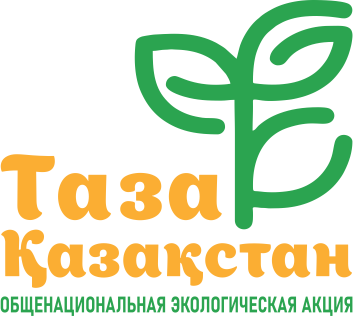Persian Ambitions: Why Is Iran Interested in Central Asia?
Iran is actively expanding its economic cooperation with Central Asia. What benefits will the free trade zone bring, and what does the future hold for the region?

The Free Trade Agreement (FTA) between the Eurasian Economic Union (EAEU) and Iran will officially come into effect on May 15. In addition, over the past two weeks, Iran has intensified contacts with non-EAEU Central Asian countries — Tajikistan and Uzbekistan. According to experts, the outlines of a "Central Asia–Iran" free trade zone are gradually taking shape. Experts also believe that Turkmenistan should be included in this FTA. It remains the only Central Asian country that shares both a Caspian Sea and a land border with Iran. This would be yet another step toward greater economic independence for the region.
A Step Forward in Relations
For Iran’s relations with Central Asia, 2025 is already proving to be a fruitful year. In January, Iranian President Masoud Pezeshkian made an official visit to Tajikistan, resulting in the signing of 23 cooperation agreements. Pezeshkian and Tajik President Emomali Rahmon also discussed expanding logistics cooperation via Iran’s Chabahar port and simplifying border procedures. This issue was quickly resolved — starting in February, a visa-free regime for air travel between Iran and Tajikistan was introduced, allowing citizens to stay up to 30 days within a 90-day period without a visa.
In early May, the 17th session of the Tajik-Iranian Joint Commission on Economic, Trade, and Scientific-Technical Cooperation was held in Shiraz, Iran. Topics included collaboration in trade, energy, agriculture, and cultural exchanges.
In mid-February, Kazakhstan and Iran signed 10 commercial agreements totaling $92.8 million. Kazakhstan also expressed readiness to export 75 categories of goods to Iran worth $250 million, particularly in the meat and protein industries.
In April, Kyrgyzstan’s Minister of Economy and Commerce, Bakyt Sydykov, visited Iran and met with the First Vice President of Iran, Mohammad-Reza Aref. The talks resulted in a memorandum under which Iran pledged to open a €50 million credit line to support exports of Iranian engineering and technical services to Kyrgyzstan.
Last Sunday, Uzbekistan’s Prime Minister Abdulla Aripov visited Iran. Following his meeting with Mohammad-Reza Aref, the two sides signed four documents, including a “roadmap” for strengthening partnerships through 2027, a protocol on preferential trade goods, and memorandums on plant protection, quarantine, and halal certification standards. Both sides announced plans to quadruple trade turnover to $2 billion. An Iran-Uzbekistan business forum was held the same day in Tehran, bringing together over 100 business leaders and resulting in approximately $1 billion in investment projects and trade deals.
Shifting Priorities
Until recently, Central Asia was not a priority for Iran. In 2024, official trade turnover figures with the region were modest:
• Kazakhstan: $340 million
• Kyrgyzstan: $58.44 million
• Tajikistan: $377.7 million
• Uzbekistan: $448 million (January–November)
Data on trade with Turkmenistan varies. According to Turkmenistan’s State Statistics Committee, trade reached $2.1 billion in 2023, while Iran’s Customs Office reported only $358.85 million over eight months. Meanwhile, the Iran Chamber of Commerce cited a figure of $450 million without specifying the time frame.
Iran’s broader trade with Central Asia has long been hindered by three key issues:
1. Western sanctions against Tehran.
2. The unstable situation in Afghanistan, complicating overland transit.
3. Competition in oil and gas markets, where Iran is a major supplier itself.
As the old saying goes: in Asia, it’s not about distance, but about obstacles. While the EAEU-Iran free trade zone may ease some barriers, it won’t remove them entirely.
Projections suggest that free trade will not only lower tariffs on Iranian goods but also increase transit volumes through Central Asia to 80 million tons by 2030 — double today’s figures. According to the Asian Development Bank, modernizing Central Asia’s transportation infrastructure by 2030 will require $38 billion, with 60% needed for railway development.
The ADB emphasizes that success will depend on the region’s ability to overcome internal and external challenges while balancing national interests with regional cooperation.
For now, while Iran seeks overland access to Russia, China, India, and Pakistan, Central Asia must seize the moment. Even if informal at first, creating a regional free trade zone with Iran could prevent the region from being left on the sidelines of global trade.
Любое использование материалов допускается только при наличии гиперссылки на cronos.asia.
Подписывайтесь на Telegram-канал Central Asia Cronos и первыми получайте актуальную информацию!



